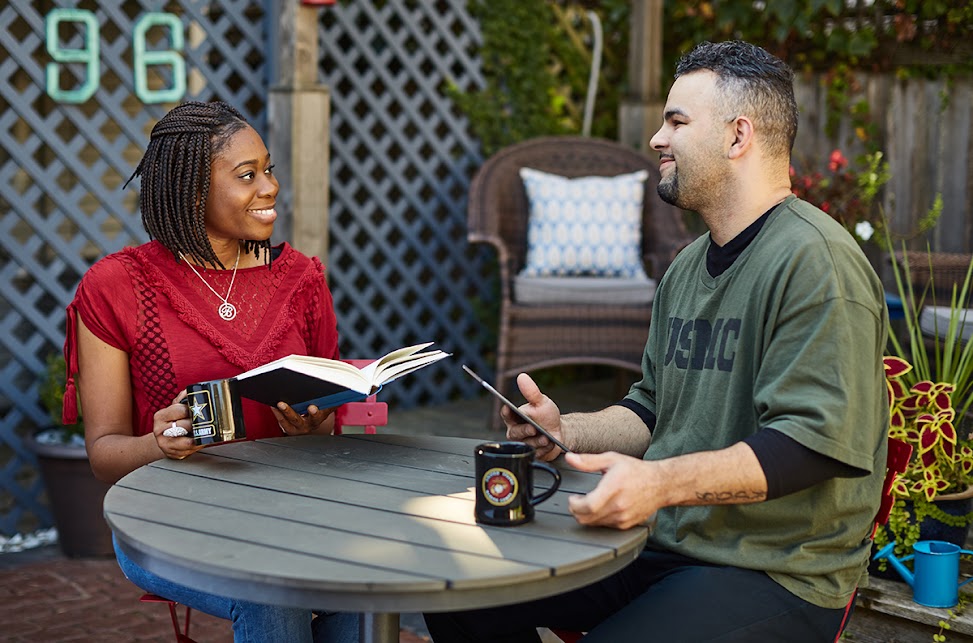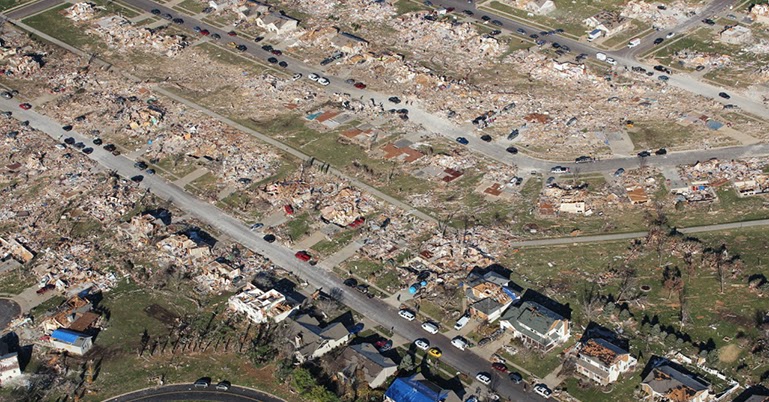The New Greatest Generation: Helping Veterans Return Home
by Don Cooke, Senior VP of Philanthropy
Our nation is at a critical crossroads with our veterans. We can follow the post-Vietnam approach and turn our backs on those who fought an unpopular war, yet who were forever affected by that conflict and by their homecoming. The Vietnam approach led to soldiers’ shame, disaffection with society, and to the startling and unacceptable fact that some 25% of those homeless in America today are Vietnam veterans.
Or we can take a different road – we can welcome our military people back to our communities with gratitude and with essential help re-integrating into their communities where they can be invaluable assets. I have been asked many times where the responsibility of the government (which sent young men and women into harm’s way) ends and our collective community responsibility begins. This is a very good question, but veterans are not different from others in our communities we help with jobs, education, healthcare, and housing. Communities already work to help those most in need, and veterans are our neighbors too.
Veterans need jobs when they come home. They have unique wounds – some physical and some invisible such as post traumatic stress and traumatic brain injury. Also, more warriors have families than in previous conflicts, and multiple and lengthy deployments have put enormous pressure on spouses, children and the family unit. It is not only the warriors who serve; their families serve also.
A growing number of foundations and corporations are committed to the mission of helping veterans with the difficult transition from military to civilian life. The issue is one of national proportion and the numbers are enormous (estimates, for example, of 300,000 returning warriors with Post Traumatic Stress), but our work over the past few years has demonstrated that the solutions are delivered locally. Each community is different – some have large active-duty bases, other regions are home to Reservists and National Guard personnel – and the challenges faced by our warriors are complex. Many do not sign up for their benefits when they leave military life. Many try to sign up but are frustrated by the complexities of the bureaucracy. Many are too far from VA offices and services.
We have demonstrated that regional public-private partnerships are essential in making a smooth transition for the veteran. These partnerships include federal, state and local government agencies, non-profits, philanthropies and the business community. And there are lessons learned that can be applied in communities across the country:
- We need to employ peer-to-peer support and mentoring models that work with each veteran, building their trust and providing ongoing support and advice as each navigates a new world outside of the military.
- The challenges of vets are interconnected and cannot be dealt with in silos. For example, having meaningful employment and supporting the family are essential in ongoing mental health. We need to look at the “whole” vet and wrap them in the systems and support that make their transition successful.
- In order to reach the large number of returning veterans, we need a collaborative and coherent network of nonprofits providing services from health to education and jobs, to family counseling and legal issues. This network must function in concert with the Department of Veterans Affairs and the Department of Defense to provide the best results for our veterans.
Regional systems that attract, engage, and help veterans can be established in every community.
Many veterans have unique challenges, but they are unique people who can bring great value to our workplace and to our communities. They have a commitment to service, and they will continue to serve after their military life. They have skills in organization, logistics, and teamwork that many people never develop, and they have exhibited leadership at an early age.
It is in our best interest as a country that we invest in the veterans’ transition from military to civilian life so that these unique assets help our neighborhoods, our communities, and our businesses.




Comments
Post a Comment